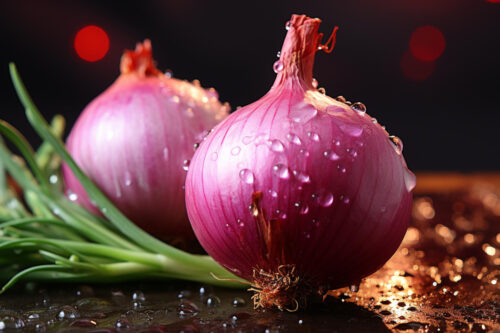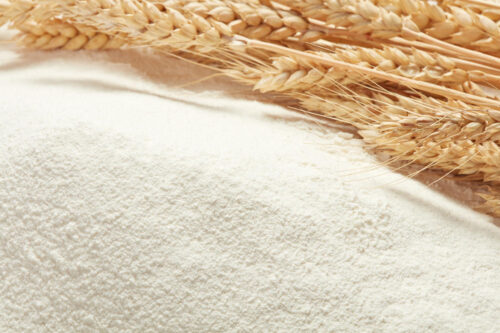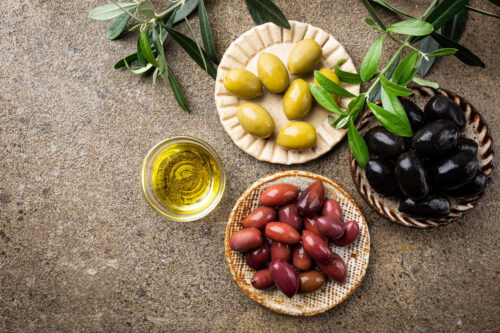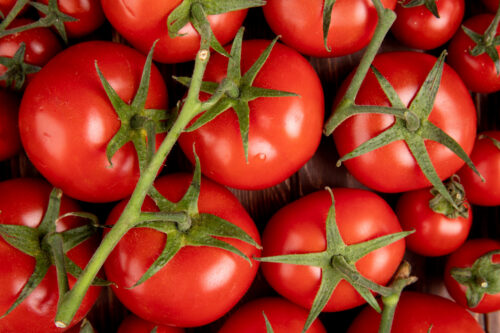Photo: Freepik
Italy is renowned for its exceptional cheeses, and two of the most celebrated are Grana Padano and Parmigiano-Reggiano. Although these cheeses share some similarities, they are distinct in their production, taste, and history. Let’s delve into the key differences and unique characteristics of these two Italian cheese icons.
Historical Background
Grana Padano and Parmigiano-Reggiano both have rich histories that date back to the Middle Ages. Grana Padano was first produced by Cistercian monks in the Po River Valley during the 12th century. They created this cheese to preserve excess milk, and over time, Grana Padano became a staple in Italian cuisine. Today, it is Italy’s most produced cheese, utilizing about 24% of the country’s milk production.
Parmigiano-Reggiano, often called the “King of Cheeses,” also originated in the 12th century in a region that includes Parma, Reggio Emilia, Modena, Bologna, and Mantova. Its reputation for quality and distinctive flavor has made it one of the most esteemed cheeses worldwide.
Geographic origins and regulations
Both Grana Padano and Parmigiano-Reggiano are Protected Designation of Origin (DOP) cheeses, meaning they must be produced in specific regions using traditional methods to maintain their authenticity.
Grana Padano is exclusively made in the Po River Valley. To be labeled as Grana Padano, the cheese must adhere to stringent production standards set by the Grana Padano Consortium. This ensures consistency in quality and taste.
Parmigiano-Reggiano is produced in the provinces of Parma, Reggio Emilia, Modena, and parts of Bologna and Mantova. The cheese must follow rigorous guidelines enforced by the Parmigiano-Reggiano Consortium. These regulations include specific feeding and milking practices for the cows, ensuring that the cheese maintains its traditional characteristics.

Photo: Freepik
Production processes
While both cheeses are made using cow’s milk and have a granular, crystalline texture, their production processes differ significantly.
Grana Padano:
- Made from partially skimmed raw milk.
- Cows are milked twice a day, but the milk can be delivered to the cheesery up to 24 hours after milking.
- The cheese has a lower fat content compared to Parmigiano-Reggiano.
- Grana Padano matures faster, with three stages of maturity:
- 9-16 months: Delicate flavor, softer texture, and pale yellow color.
- 16-20 months: Grainier texture with notes of butter, hay, and dried fruit.
- Over 20 months: Rich buttery flavor with noticeable crystals.
Parmigiano-Reggiano:
- Made from a mix of whole and skimmed milk.
- Cows must feed only on grass and cereals grown in the designated region.
- The cows are milked twice a day, and the milk must be delivered to the cheesery within two hours of milking, maintaining a temperature above 18°C to support the bacteria essential for ripening the cheese.
- Parmigiano-Reggiano takes a minimum of 12 months to mature and often ages much longer, developing a stronger, more complex, nutty, and salty flavor.
Texture and Flavor
Both cheeses are known for their grainy, crystalline texture, resulting from the presence of tyrosine crystals, which indicate the cheese’s ripeness. However, their flavors are distinct:
- Grana Padano: Tends to have a milder flavor, making it versatile for various culinary uses. Its taste evolves with age, starting from delicate and creamy to rich and buttery.
- Parmigiano-Reggiano: Known for its robust, complex, and nutty flavor, Parmigiano-Reggiano is often used as a finishing touch for dishes, grated over pasta, or enjoyed on its own.
Culinary uses
Due to its milder flavor, Grana Padano is frequently used in cooking, where it can enhance dishes without overpowering them. Parmigiano-Reggiano’s intense flavor makes it ideal for grating over dishes, adding a burst of savory umami.
Conclusion
Grana Padano and Parmigiano-Reggiano are both remarkable cheeses that showcase Italy’s rich cheese-making heritage. While they share some similarities in production and texture, their distinct differences in flavor, aging processes, and regional origins set them apart. Whether you prefer the delicate notes of Grana Padano or the bold, nutty flavors of Parmigiano-Reggiano, both cheeses offer a taste of Italy’s finest dairy craftsmanship.
















